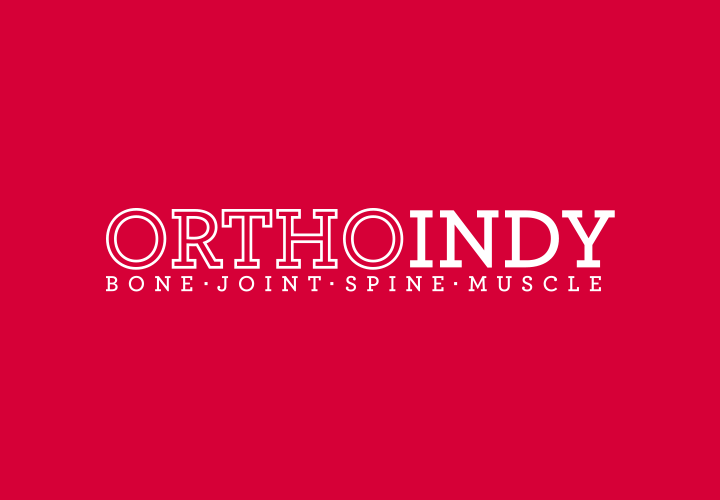THIS IS PART OF THE ULTIMATE GUIDE TO SCOLIOSIS
Having school-aged kids is a busy time for parents, but it’s important to make sure kids are healthy and able to keep up with their peers. In fact, if your child is diagnosed with a spinal curve, most of the time that doesn’t meant their life will change dramatically.
In this article, OrthoIndy spine physician Dr. David Schwartz shares what parents should know if they think they might have a with a child who has scoliosis.
Different types of spinal curves
A spinal curve that looks like a backward “C” when the spine bends sideways to the right is called dextroscoliosis. Sideways spinal curve on the left side of the back that appears more like a regular “C” shape is called levoscoliosis.
Types of abnormal curvature of the spine include:
- Right thoracic curve: A curve that bends to the right side of the upper back
- Right thoracolumbar curve: A curve that bends to the right side, starting in the upper back and ending in the lower back
- Right lumbar curve: A curve that bends to the right side, starting and ending in the lower back
- Double major curve: A curve that typically involves the right thoracic curve on top and a left lumbar curve on the bottom
Make an appointment with a spine specialist
Checking for signs of scoliosis
“Parents should start looking for a spinal curve in their childrens’ backs about once a year between the ages of 10 and 15 years old,” Dr. Schwartz says.
If you check your child’s back at the start of every new school year you will be on schedule to determine any abnormalities as soon as they occur.
Check symmetry
“The easiest thing to do to check for a spinal curve is to look at your child’s back to make sure their shoulders are level, that the shoulder blades look the same and that the head is centered over the child’s buttocks crease. Another thing you can do is have them bend forward and look for any type of asymmetries.”
Dr. Schwartz also added that during the summer it’s easy to look at tan lines and make sure they are symmetrical as well.
Learn more about OrthoIndy spine treatments
When to see a spinal curve specialist
If your child has scoliosis symptoms (such as an observable abnormal spinal curve), the first thing the child needs to do is be seen by an orthopedic spine surgeon who knows how to treat scoliosis. They are experts in what does scoliosis looks like and may even use resources, like X-rays, to confirm a scoliosis diagnosis.

Then, the spine specialist and the parents can decide whether or not the child needs to be followed clinically with regular check-ups and imaging, wear a scoliosis brace or if their child’s condition will require surgery for their spinal curve.
“The majority of kids who have scoliosis are pain-free. The prevalence of children who need surgical treatment for scoliosis is more common in girls than boys,” Dr. Schwartz says. “It’s important to know that kids with scoliosis, whether treated with bracing or surgery, will have completely normal lives and usually are not limited to any activities.”
However, if a child’s scoliosis pain goes untreated there can be serious concerns. The child may have incapacitating back pain in the future and if the curvature of the spine gets over 90 degrees they can develop heart failure which will require a heart or lung transplant.





